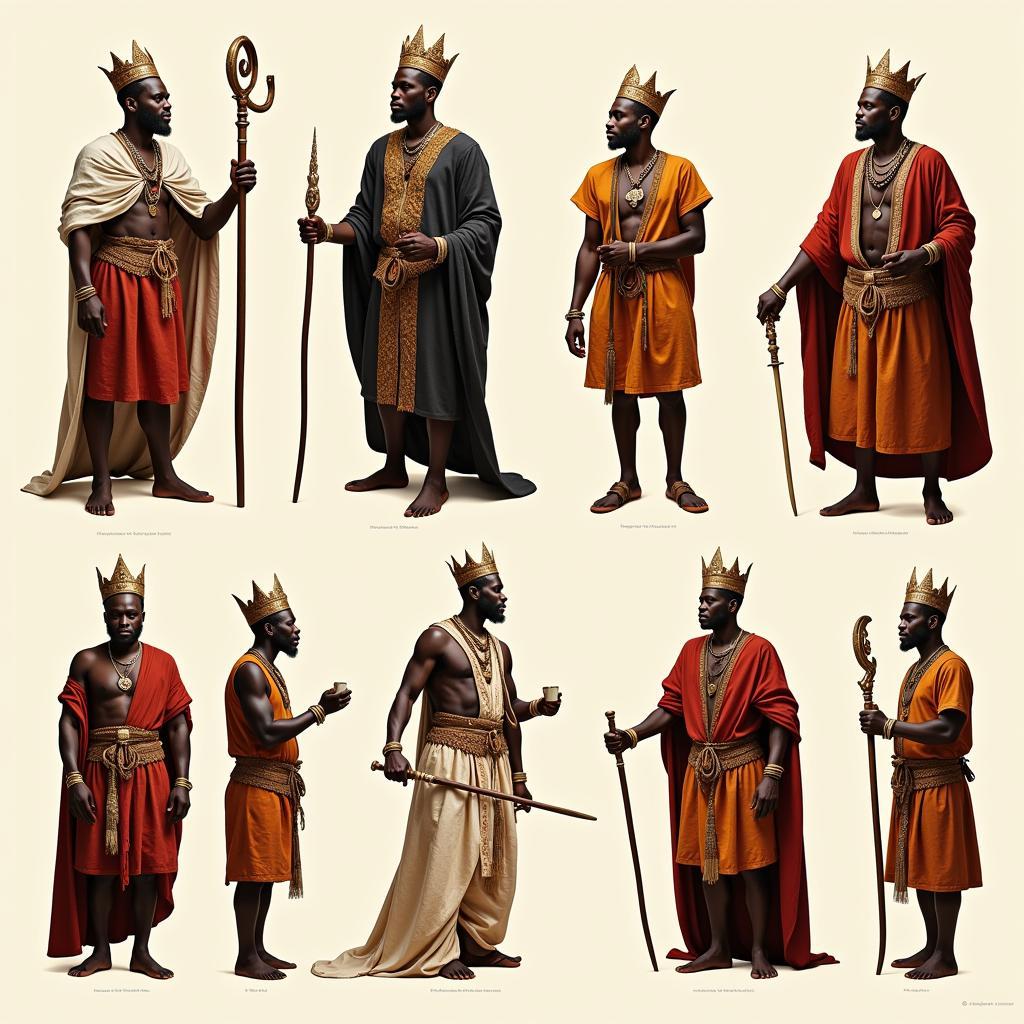Uncovering the Giant African Millipede: A Fascinating Journey
The Giant African Millipede, a creature of impressive size and intriguing habits, captivates the imagination. This article delves into the world of these fascinating arthropods, exploring their biology, behavior, and role in the African ecosystem. We’ll uncover intriguing facts about their life cycle, diet, and the unique defense mechanisms that allow them to thrive in diverse habitats.
Exploring the Giant African Millipede’s Habitat and Characteristics
Giant African millipedes, scientifically known as Archispirostreptus gigas, are among the largest millipedes in the world, reaching lengths of up to 15 inches. Their dark, segmented bodies, composed of numerous legs, allow them to navigate the forest floor with surprising agility. They prefer damp environments and are often found in decaying leaf litter, under rocks, and within fallen logs in the tropical and subtropical regions of Africa. This damp environment is crucial for their survival, as they breathe through spiracles located on each body segment, which are susceptible to drying out in arid conditions. These invertebrates play a crucial role in their ecosystem by breaking down organic matter, contributing to nutrient cycling. Just after the introductory section, let’s learn more about this intriguing creature. african giant black millipede
What Do Giant African Millipedes Eat?
Giant African millipedes are primarily detritivores, meaning they feed on decaying organic matter like dead leaves, wood, and fruits. This diet plays a vital role in nutrient cycling within their ecosystem. They are essential decomposers, breaking down complex organic materials into simpler substances that plants can then utilize. While their primary diet consists of decaying matter, they occasionally supplement it with fruits and other plant materials, making them important contributors to the health of their forest habitats.
Understanding the Millipede’s Defense Mechanisms
When threatened, the giant African millipede coils its body into a tight spiral, protecting its vulnerable underside. They also secrete a foul-smelling liquid as a defense mechanism. This liquid contains irritating chemicals that can deter predators. This defensive strategy, combined with their tough exoskeleton, helps them survive encounters with various predators, including birds, reptiles, and small mammals. african black millipede
The Life Cycle of a Giant African Millipede
Giant African millipedes undergo a fascinating life cycle that involves several molting stages. They hatch from eggs laid in the soil and gradually grow larger with each molt. As they grow, they add new body segments and legs. The lifespan of a giant African millipede can range from several years up to a decade in captivity.
Giant African Millipede as Pets
Giant African millipedes are increasingly popular as exotic pets due to their relatively low maintenance and docile nature. However, it’s crucial to understand their specific needs to ensure their well-being in captivity. They require a humid environment, a substrate of moist soil and leaf litter, and a diet rich in decaying organic matter.
Conclusion: The Giant Among Millipedes
The giant African millipede is a remarkable creature, playing a vital role in the African ecosystem. From its impressive size and unique defense mechanisms to its essential role as a decomposer, this arthropod offers a fascinating glimpse into the intricate web of life within African forests. Understanding and appreciating these creatures is key to conserving the biodiversity of our planet. If you’re considering keeping a giant African millipede as a pet, remember to research their needs thoroughly to ensure their well-being.
FAQ
- What is the average lifespan of a giant African millipede? They can live for several years, up to a decade in captivity.
- What do giant African millipedes eat? They primarily eat decaying organic matter.
- Are giant African millipedes dangerous? They are not venomous but can secrete an irritating liquid.
- How do giant African millipedes defend themselves? They coil into a spiral and secrete a defensive fluid.
- What is the habitat of a giant African millipede? They live in the tropical and subtropical forests of Africa.
- Can I keep a giant African millipede as a pet? Yes, but it’s important to understand their specific care requirements.
- How big do giant African millipedes get? They can grow up to 15 inches long.
Do you have other questions about African wildlife? Explore our other articles on fascinating creatures like the African elephant and the majestic lion.
For further assistance, contact us: Phone: +255768904061, Email: kaka.mag@gmail.com, or visit us at Mbarali DC Mawindi, Kangaga, Tanzania. We have a 24/7 customer service team.

